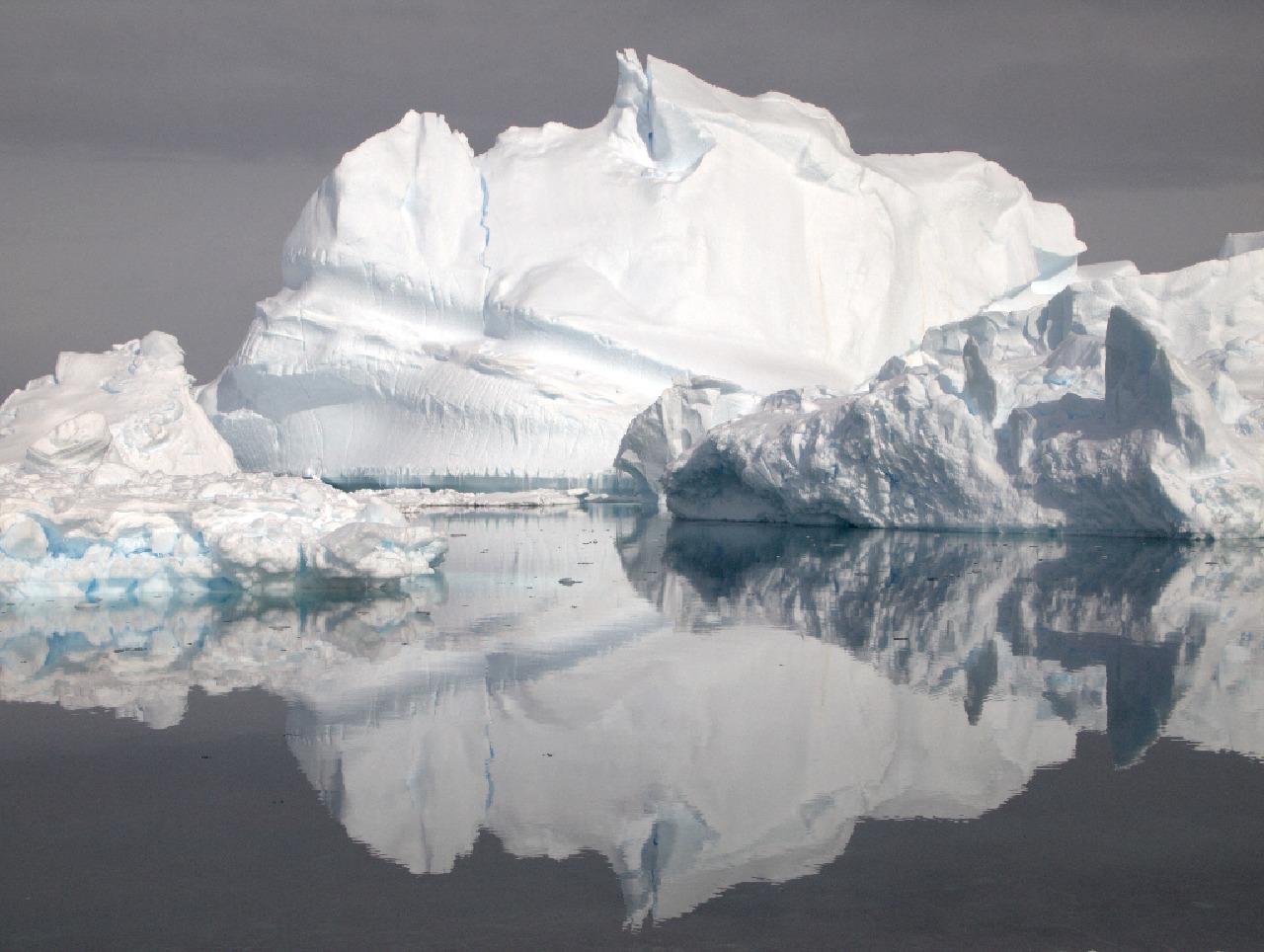A team of British Antarctic Survey (BAS) researchers are presenting the latest polar science at the European Geosciences Union (EGU) 2025 General Assembly this week (27 April - 2 May). Presentations, discussions and exhibits on the latest research ideas will cover all areas of geological and environmental research in the Polar Regions.
The EGU General Assembly, which takes place annually in Vienna, Austria, brings together more than 17,000 geoscientists from around the world to present and discuss the latest research in earth, planetary, and space sciences.
Prestigious award for BAS researcher
Professor Richard Horne, a leading space weather researcher at British Antarctic Survey, will receive the prestigious Julius Bartels medal at the conference. He will deliver the accompanying Julius Bartels lecture, recognising exceptional achievements in geosciences research.
Iceberg family trees
BAS researcher Dr Ben Evans will present pioneering work on "family trees" of icebergs, developed through innovative automated techniques. This novel approach opens up new opportunities for monitoring icebergs and will help scientists to learn more about when and how icebergs break apart. The research will improve ocean and ice shelf modelling, ultimately contributing to more accurate global climate predictions.

Understanding fracture dynamics
A team of researchers, led by Dr Emma Pearce, will be presenting the latest findings from the Brunt Ice Shelf in Antarctica. The research looks at how the physical properties of the influence fracture behaviour - a key factor in predicting ice shelf stability and future sea level rise. Following fieldwork in 2024, the team analysed a 37-metre ice core extracted from the ice shelf , revealing how different ice types affect fracture patterns.
Southern Ocean clouds: solving climate model mysteries
Dr Tom Lachlan-Cope, who studies the role of clouds in climate change, will deliver an invited talk on the NERC-funded Southern Ocean Cloud project, addressing critical biases in climate models.
This three-year project combines long-term aerosol measurements at Rothera Station, targeted airborne campaigns, and ship-based observations from the RRS Sir David Attenborough to improve how clouds are represented in climate models. The team have already identified several different types of cloud nuclei - or seed particles - and are now trying to identify their sources.

Prof Dominic Hodgson, interim Director of Science at BAS says:
"EGU is an important part of our calendar each year. It's great to see so many of our scientists presenting their latest results, meeting other researchers and trying to answer the big questions about the changing polar regions; what happens there affects us all."






